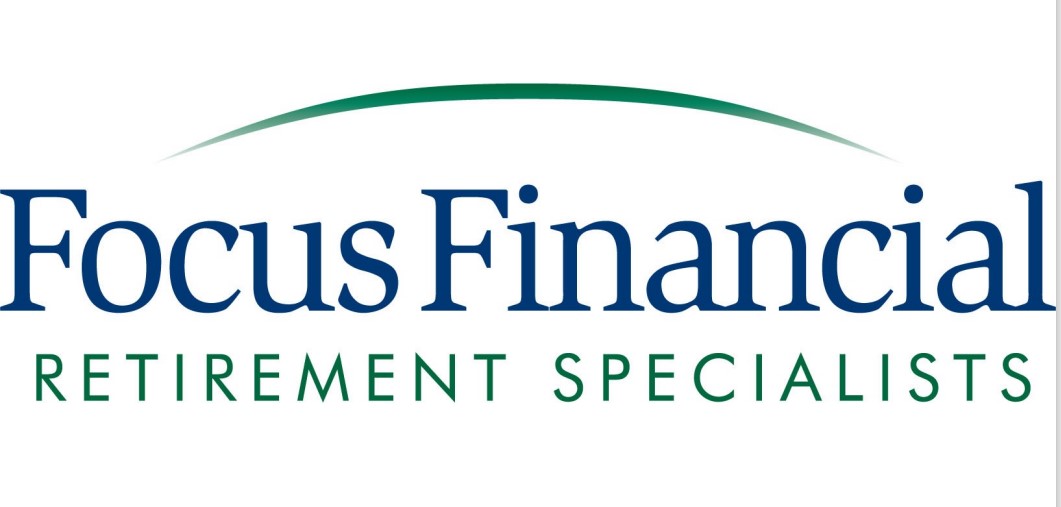The Two Faces of Debt
Understanding Good Versus Bad Debt Can Help You Make Smart Financial Moves
Credit card debt is a huge challenge for many people. According to Debt.org, Americans owe $986 billion on credit cards, surpassing the prepandemic high of $927 billion. While credit card debt is considered “bad debt,” it’s important to understand other types of debt and the important role
it can play in your financial plan.
Good Debt: A Building Block for Growing Your Wealth
Good debt refers to borrowing money for investments that have the potential to grow in value or provide future benefits. It focuses on investments that enhance your financial position in the long run. For example:
- Taking out a loan to finance your education can increase your earning potential and open up career opportunities.
- Using a mortgage for a reasonably priced home can help build equity and provide shelter.
- Taking a loan to buy a used car in great shape that enables you to get to and from work. However, going into debt on a luxury vehicle is going to be mostly bad debt.
- Getting a home equity loan to do repairs or upgrades on your residence.
Bad Debt: A Stumbling Block To Achieving Your Financial Goals
Bad debt involves borrowing money for purchases that quickly lose value or do not generate income. Credit card debt that piles up from impulsive shopping sprees or luxury vacations falls into this category.
Whether you are considering good debt or bad debt, you want to be wise about your borrowing practices. Here are some key rules to follow when borrowing responsibly:
Necessity. Evaluate whether the debt is for an essential need or an investment that will improve your financial situation in the long run.
Affordability. Avoid taking on debt that stretches your finances to the breaking point. You may want to evaluate your debt-to-income ratio:
- The debt-to-income ratio compares an individual’s monthly debt payment to their monthly gross income.
- According to Investopedia, 43% is the highest debt-to-income ratio a borrower can have and still qualify for a mortgage.
- Lenders prefer a debt-to-income ratio that is lower than 36%.
Research and Compare. It’s a good idea to shop around for the best loan terms. Compare interest rates, fees and repayment terms from different lenders or financial institutions to secure the most favorable terms and save money in the long run.
Repayment. Stay on top of your repayment obligations and make payments on time. Late payments can lead to additional fees, higher interest rates and a negative impact on your credit score.
Communication. If you’re facing financial difficulties or anticipate challenges in making payments, reach out to your lenders proactively. They may offer assistance, such as revised repayment plans or hardship programs.
This material was created for educational and informational purposes only and is not intended as ERISA, tax, legal or investment advice. If you are seeking investment advice specific to your needs, such advice services must be obtained on your own separate from this educational material.
Kmotion, Inc., 412 Beavercreek Road, Suite 611, Oregon City, OR 97045; www.kmotion.com
©2023 Kmotion, Inc. This newsletter is a publication of Kmotion, Inc., whose role is solely that of publisher. The articles and opinions in this newsletter are those of Kmotion. The articles and opinions are for general information only and are not intended to provide specific advice or recommendations for any individual. Nothing in this publication shall be construed as providing investment counseling or directing employees to participate in any investment program in any way. Please consult your financial advisor or other appropriate professional for further assistance with regard to your individual situation.
